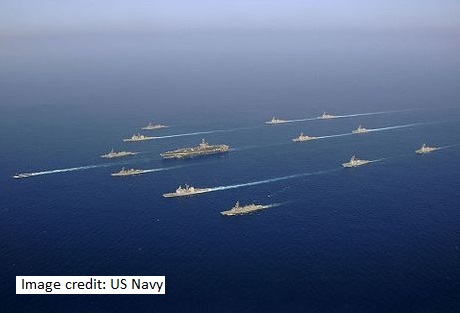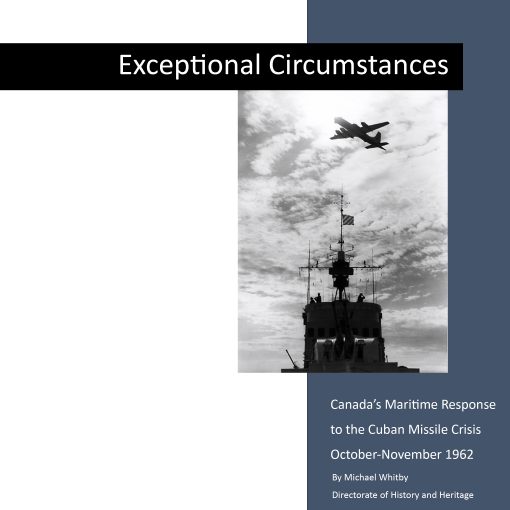CNR, Vol. 11, No. 2 (2015)
Abstract
The growth of digital archives offers contemporary scholars a new source of original materials, and Demers uses these materials to examine an incident that occurred late in the First World War – the sinking of the Canadian hospital ship Llandovery Castle. This incident had repercussions for Canadian attitudes about the war, participation in the war and for the prosecution of war crimes in subsequent years. The hospital ship on its way from Halifax to England was torpedoed and sunk by a German U-boat in June 1918. The ship had a crew of 168 men, 80 officers and men of the Canadian Medical Corps and 14 nurses – 258 persons in all. Only 24 people survived (none of the nurses). After the sinking, U-86 stayed in the area and took several officers from a lifeboat on to the submarine to question them and then returned them to the lifeboat. Survivors also heard shots being fired after the ship had been sunk – possibly at a lifeboat. It was seen to be one of the greatest atrocities of the war, and there was demand for a trial to punish the perpetrators. At war’s end Fkpt. Helmut Patzig the commander of U-86 was declared a war criminal. The British government sought to have him turned over for trial but the German government said he would be judged before a war crimes court in Leipzig. Patzig fled and German prosecutors charged only his two subordinate officers with first degree murder. Both were convicted of manslaughter, although they served little time in jail as both escaped (from different prisons) within a couple of months. Patzig was never tried, and ended up back in the German navy in World War Two. Demers concludes that the newly available sources help to illustrate public opinion of many of the events of the war, and this incident provides an early example of the difficulty of prosecuting international war crimes in the absence of political will.
Daniel J. Demers is a semi-retired businessman living in California who holds a BA in History from The George Washington University and a Masters Degree in Business from Chapman University in California.
Click here for information on how to subscribe to Canadian Naval Review.




